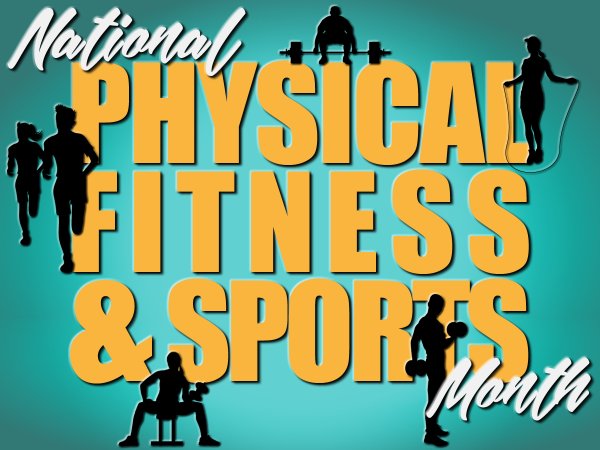by Ankur Shah, MD – PGY2
The benefits of childhood sports participation are myriad, from stemming the tide of the obesity epidemic, to learning teamwork, and overcoming challenges. For all of the benefits of childhood sports, one area that is often neglected and not often talked about or properly taught by coaches and instructors is safety. Safe play not only encompasses the protective equipment necessary for each respective sport, but also developing the physical and emotional skills necessary to compete without injury to the still developing child.
Proper training for each individual sport is necessary to improve; yet the negatives of overtraining have started to come into focus. Sports such as gymnastics and divers having overall shorter stature than would be expected, as well as long distance runners and ballet dancers having such lean body weight that has effects on menarche have also been noted. Whether overtraining, lack of proper diet both intentional and unintentional, or the overall stress of competing at a high level is the causative agent is unclear, but is an issue that needs to be addressed.
Fundamental to any child’s development and safety in sports is proper coaching and teaching. Coaches are crucial in teaching proper technique, understanding limitations both physical and emotional and must be the strongest advocates for safe participation in sports. Studies have shown that basic motor skills of throwing, catching, kicking and hitting a ball are not acquired more quickly with earlier introduction to training, rather these are innate developmental skills that come at certain milestones of life. Not only can trying to train children prior to their development be frustrating for both the child participant and the coach, it can be dangerous in terms of proper mechanics and improper stress on still developing limbs and joints. Most coaches in children’s organized sports are volunteers, with little experience or training in the areas of childhood development, thus are unaware of these dangers. Proper training must be emphasized to both coaches and parents to help avoid potentially harmful injuries to childhood sports participants.
In order to maximize the benefits of childhood sports participation and reduce risks, certain requirements must be put in place. First and foremost, the emphasis of childhood sports should be geared towards the developmental level of the participants, meaning that length of games and practice sessions should be shortened to avoid fatigue injuries, as well as less based on winning and losing, rather on having fun and exercising. Particularly in pre-adolescent children, these sessions should be kept at 20-30 minutes at a time, followed by appropriate rest. As the child grows, these sessions can be extended, but careful attention towards avoiding possible fatigue and injury should be prioritized.
Pediatricians can play a key role in helping to advocate on the behalf of the benefits of childhood sports, as well as the need for proper training of coaches and parents on the development of children. Pediatricians can be a resource to coaches and parents as to developmental milestones, so as to avoid undue stress and burden both emotionally and physically on participants. Further, pediatricians can also take an active role as volunteers to coach community teams to instill and implement these actions into practice. The AAP has developed a set of five recommendations for children participating in sports:
- Organized sports should complement, not replace regular physical activity
- Pediatricians should help assess preparedness for childhood sports participation through yearly sports physical examinations, and suggest proper activities corresponding to developmental level/ability
- Pediatricians can take an active role in teaching proper developmental and safety issues to coaches and parents alike
- Pediatricians should help preserve the goals of sports that best serve young athletes
- Additional research needs to address aspects such as the optimal time a child should begin participation in organized sports, the safest strategy for training a developing participant, and developing adequate injury prevention strategies for childhood sports participants
It is the responsibility of the parents, coaches and pediatricians to insure that the maximum benefit and minimal risk from childhood sports participation be achieved in order to stress safety, while encouraging the numerous positive aspects gained through youth sports.

